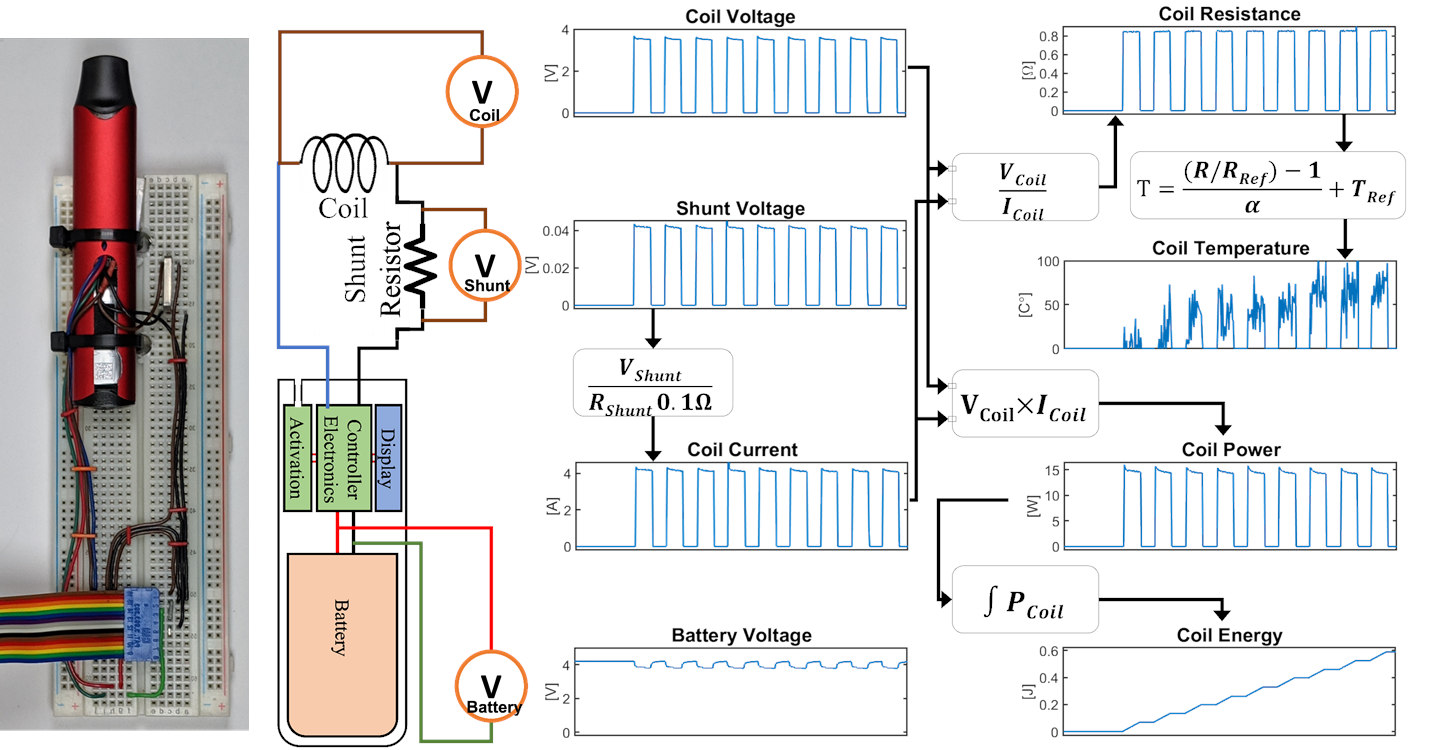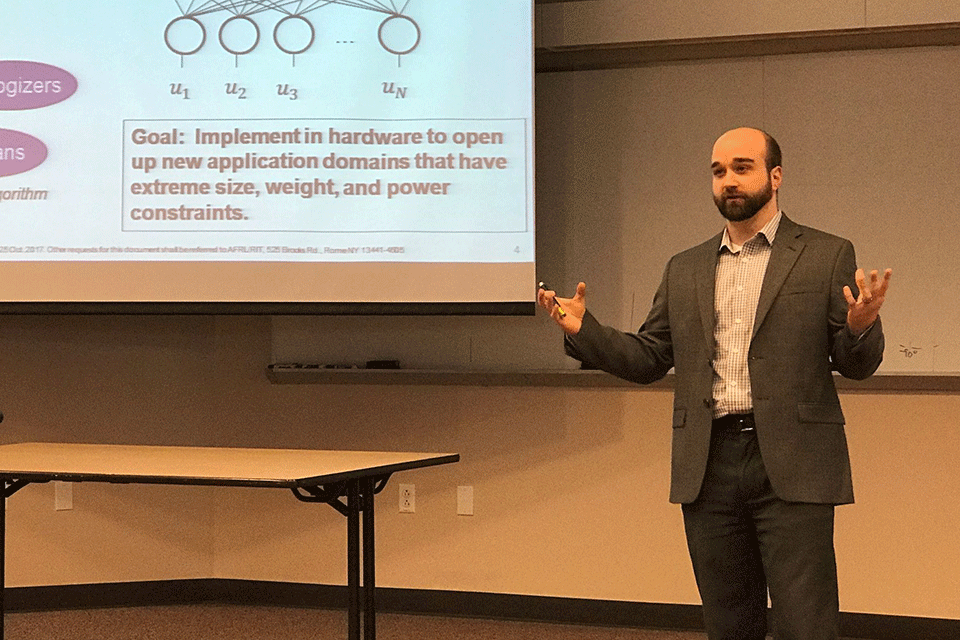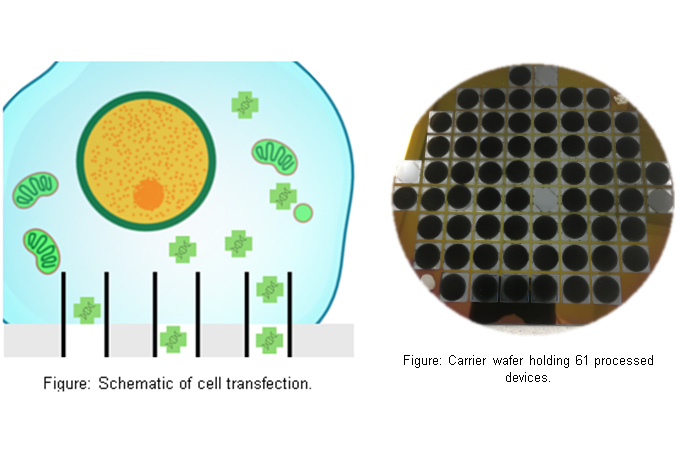Student Develops New Methods to Analyze E-Cigarette Usage Patterns
Qutaiba M. Saleh is pioneering research on Electronic Nicotine Delivery Systems by creating new techniques to measure device performance and track long-term usage patterns, aiming to improve health regulations and treatment for nicotine addiction.

The complexity and variety of inhaled tobacco products have increased significantly with the introduction of Electronic Nicotine Delivery Systems (ENDS). Product characteristics and human behavior are the main factors affecting products’ emissions, consumption, and health effects. Combining the understanding of these two factors informs the next generation of regulations of these products. Quantifying use patterns helps health care professionals provide informed treatment of users addicted to nicotine and tobacco products. The literature lacks comprehensive studies to characterize ENDS hardware and operation, such as heating element resistance, battery performance, power, and thermal management. Traditional analysis of use topography focused on short-term puff dynamics and overlooks extended session dynamics. The literature lacks the appropriate parameters and tools to quantify session dynamics over a long duration (i.e. days, weeks, months). This dissertation focuses on two aims: The first aim is to design methods to characterize the hardware and operation of modern ENDS devices and test their effects on ENDS performance. A method for dynamic measurement of electrical signals in modern ENDS is presented and validated for ENDS power management characterization. The second aim is to design and validate algorithms for quantifying chronic use topographies associated with various inhaled tobacco products. The quantifying tool is designed based on autocorrelation to quantify chronic topography parameters including session period, and session duration as random distributions. These distributions provide insights into session topography dynamics over a day, a week, a month, and longer.
Citation: Saleh, Qutaiba M. "Methods for Quantifying Power Characteristics and Chronic Patterns of use Behavior of Electronic Vaping Products." Order No. 30241520 Rochester Institute of Technology, 2022. United States -- New York: ProQuest. Web. 6 Nov. 2023.






